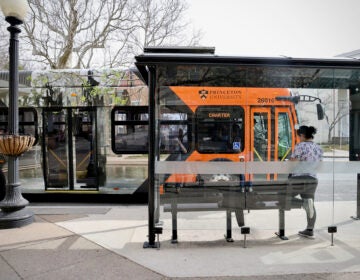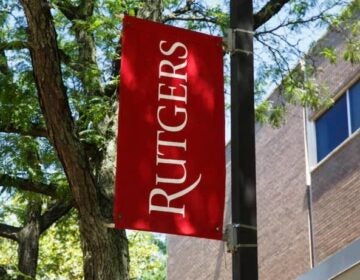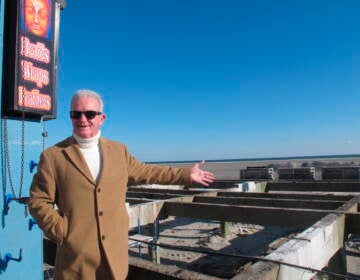Interactive map: The changes in state aid to local communities in New Jersey

In his budget address, Gov. Christie talked about a record level of school aid, the 2 percent property tax cap, and pension reform all helping blunt property tax increases.
Municipal officials ask, “What about us?”
Aid to local governments has been declining since it peaked in 2007. Christie is proposing 22 percent less aid this year than municipalities got five years ago. At the same time, inflation, as measured by the Consumer Price Index, rose by 9 percent.
Only five communities are slated to get more money this year than they did in 2007 and all of them last year got transitional aid, awarded to fiscally distressed municipalities based on an application to the state. (Essentially, municipalities must apply and must demonstrate that they are facing several critical problems, such as a “constrained ability to raise sufficient revenues to meet budgetary requirements.”
Not every municipality that got transitional aid last year is slated for an increase. Only five towns would get more aid.
The major problem, according to Jon Moran of the New Jersey League of Municipalities, involves energy tax payments. After energy deregulation, the legislature passed a law requiring the state to provide communities with the local taxes paid by utilities and for those payments to increase with inflation.
But Moran and several mayors told a special hearing of the Assembly Budget Committee on Monday that the state found a way around this law. New Jersey has cut the amount of non-energy aid, known as Comprehensive Municipal Property Tax Relief Act or CMPTRA aid, to municipalities. Both the energy aid and CMPTRA include taxes paid that originally were designated for municipal purposes but the state is keeping a greater share of these than it used to do, Moran said.
“In only six years of the last 26 did the state provide aid according to state statute,” Moran said. “The loss of revenues has had a real impact on property taxes.”
The league contends that had the state complied with statutory funding requirements, it should have disbursed nearly $2.2 billion in municipal aid last year, rather than the $1.3 billion it actually distributed.
Moran said municipalities would like to see the $271 million aid cut they received in 2010 restored.
Assemblyman Vincent Prieto (D-Hudson) and committee chair, said the state treasurer’s office declined an invitation to address the committee and the acting head of the state Department of Community Affairs, which oversees the municipal aid program, was unavailable.
The committee did not take any action, but Assemblyman Gary Schaer (D-Passaic) said it seemed clear that the state has been “unfairly” keeping money that belongs to municipalities.
Said Schaer: “This money needs to go back and the state can’t take this money to balance its own budget.”
In the following interactive map, green indicates the only municipalities to get an increase in state aid.
NJ Spotlight is an online news service providing insight and information on issues critical to New Jersey, with the aim of informing and engaging the state’s communities and businesses.
WHYY is your source for fact-based, in-depth journalism and information. As a nonprofit organization, we rely on financial support from readers like you. Please give today.




